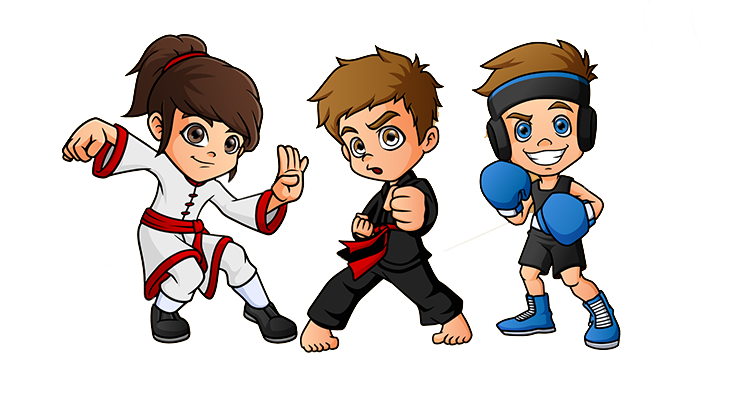
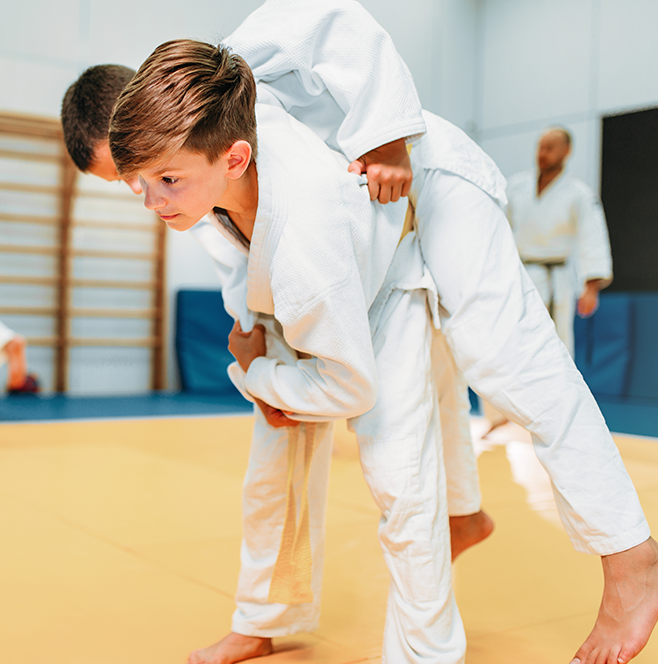
It is most prominently known as a martial art with an objective to throw or takedown an opponent to the mat, immobilise or otherwise subdue an opponent by way of pinning or to utilise the use of joint locks and chokes to score points in competition.
The formation and early history is very much interlinked with the experiences that its founder Jigoro Kano had whilst growing up and the view of various martial arts at the time. Apart from being the founder of Judo, Kano was also a high ranking official in the Japanese government as well as a prominent figure in the Japanese Olympic movement.
When Kano began his study of Ju Jutsu he found that although there were masters willing to teach it, there were very few that still could due to the lack of money they were able to earn and the inability to make a living from it. This was thanks to a lack of interest among the general populace as well as the demise of the Samurai meaning that less instruction was required.
After swapping between multiple jujutsu schools, Kano finally found his place at the prestigious Komu Sho School under the tutelage of masters Fukudo and Ryo. It was here where he not only learnt and then mastered Ju Jutsu but also that he wished to pursue and develop his own martial art that not only incorporated the aspects of Ju Jutsu that he had learnt but also philosophical aspects to ensure the art and its practitioners kept to a professional and respectable code of conduct.
In 1882 Kano set up his own school within a Buddhist temple called Eisho-ji, from this school he developed and taught his variant of ju jutsu. As the temple was renamed to the Kodokan, Kano finished with the development of his style, eventually giving it the name Judo (meaning ‘gentle way’) to inspire intrigue and gather students interest so that they would study under his instruction and learn his martial art.
Towards the start of the 20th century, judo practitioners were invited over to England to promote the instruction of Ju Jitsu in an effort to establish a school there, however this failed and so the Judo practitioners instead chose to become show performers and train people in the art of Judo. Although the original practitioners decided to return to Japan, one chose to stay and become the chief instructor of a centre set up to study the fighting arts of the Samurai, named The Budokwai, it is now the most famous Judo school outside of Japan.
Today Judo is mostly considered to be an Olympic sport and is often recognised to be the most practiced combat sport in the world.
Judo is practiced in generally taught in two different ways; Randori and Kata.
Randori, which is the free practice of the martial art, involves practice of techniques learnt so that they can be mastered. There are different levels of Randori however and which style is carried out depends on the level and ability of the students practicing. E.g. a matchup of two newer students may involve no resistance to throws where as a hard Randori is close to competition difficulty with students putting in near maximum effort and resistance.
Kata, which are pre arranged patterns or techniques performed by the student. These techniques are always performed alongside a partner so that they can be practiced effectively and thoroughly. Currently there are 10 official kata that are recognised by the Kodokan however there are many more that although are performed in common practice, they are not officially recognised.
Competition in Judo is carried out in 7 different weight categories for both women and men. It is scored by three different methods; Ippon which is the biggest scoring in judo with 100 points being awarded and ends the tournament if scored. Waza-ari which scores the practitioner 10 points and Yuko which scores the practitioner 1 point however is the easiest to obtain.
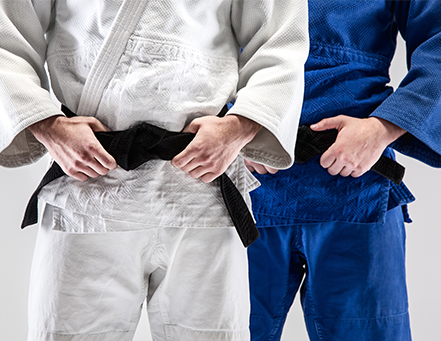
The different colour Karate belts represent the different levels of progression in the sport. The beginner grade is white belt and goes through to the advanced ‘Dan’ black belt. There can be different grading systems in place depending on the school or particular style of Judo, but some of the grades could include:
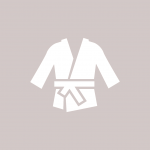
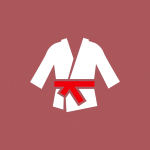
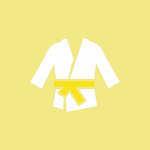
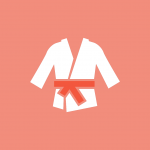
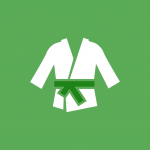
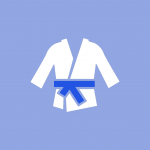
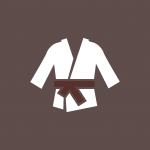




Children can start from the age of 5 years old, usually when they have developed enough self-control and focus. Adults can be of any gender or experience level when starting Judo classes. Male and female competitors train together but compete separately.
